Darmperforation





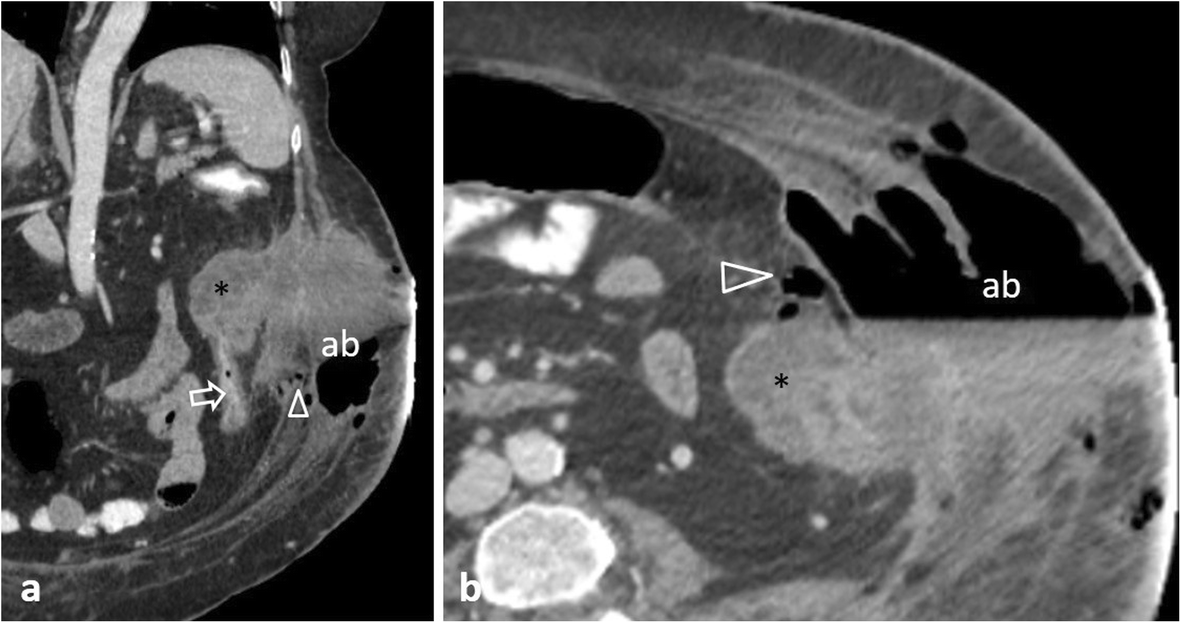

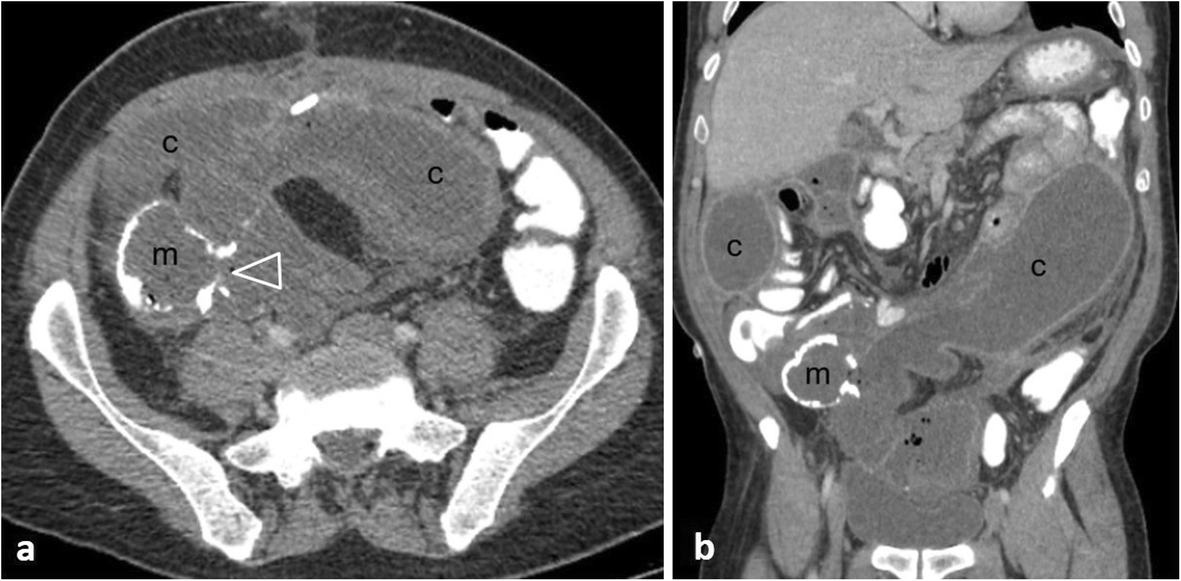

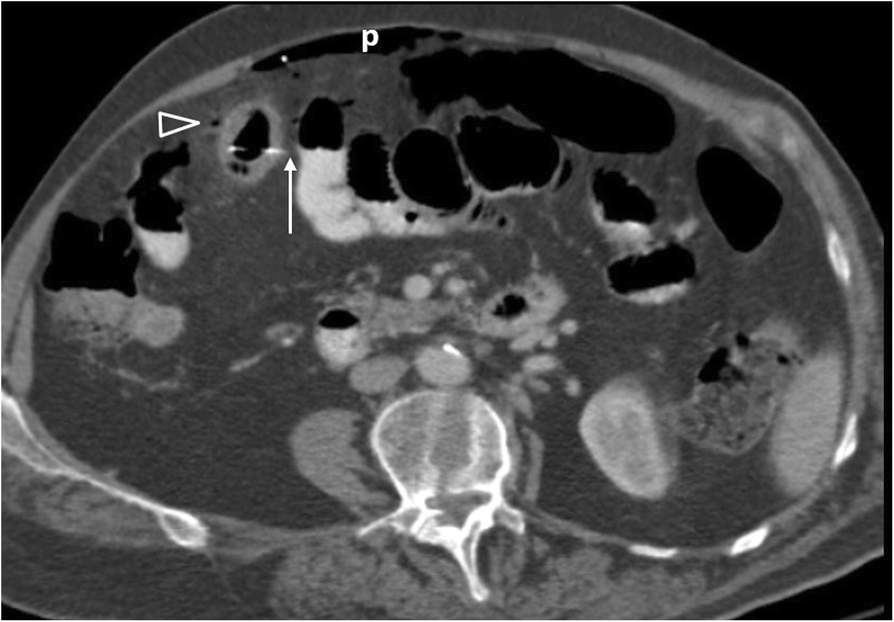


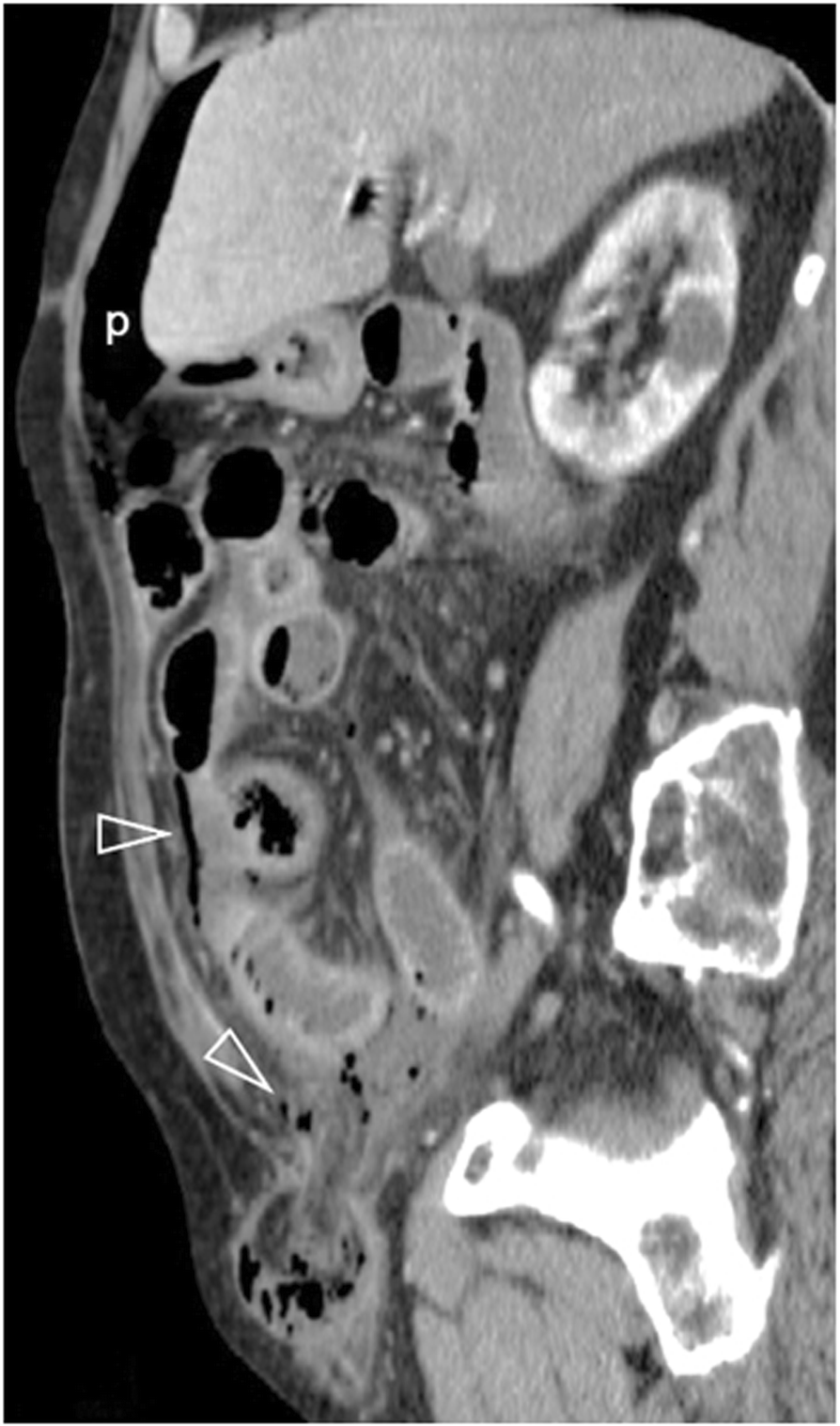
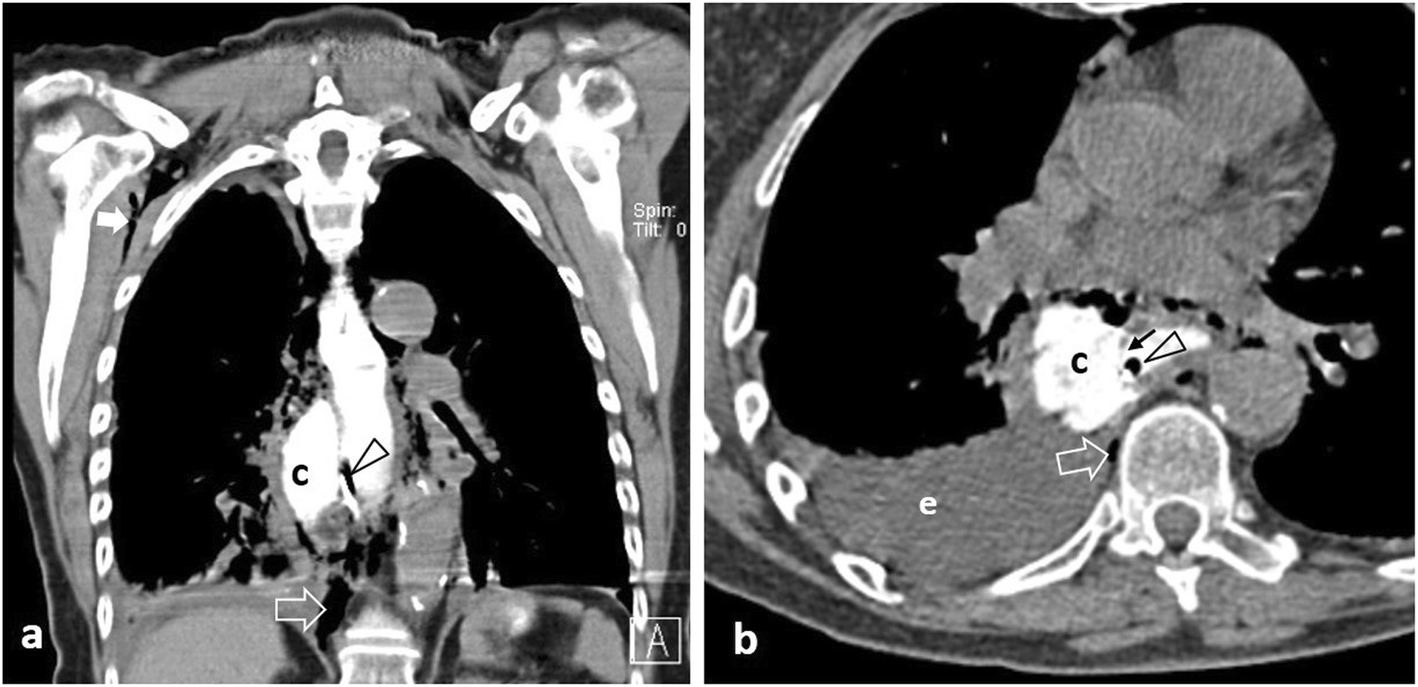

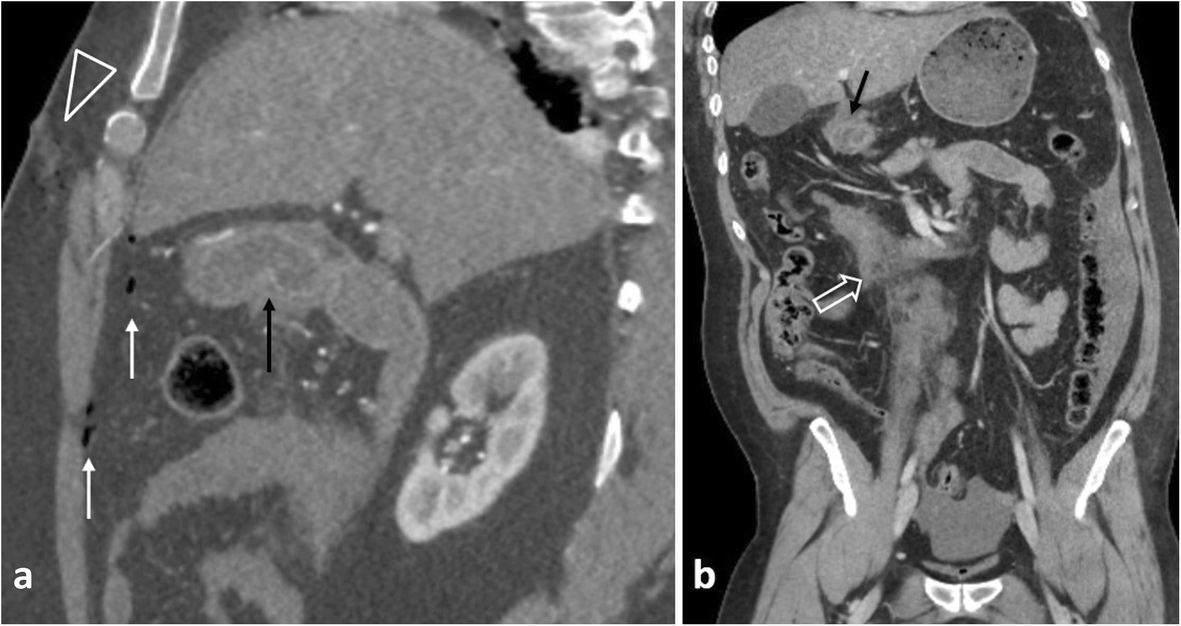
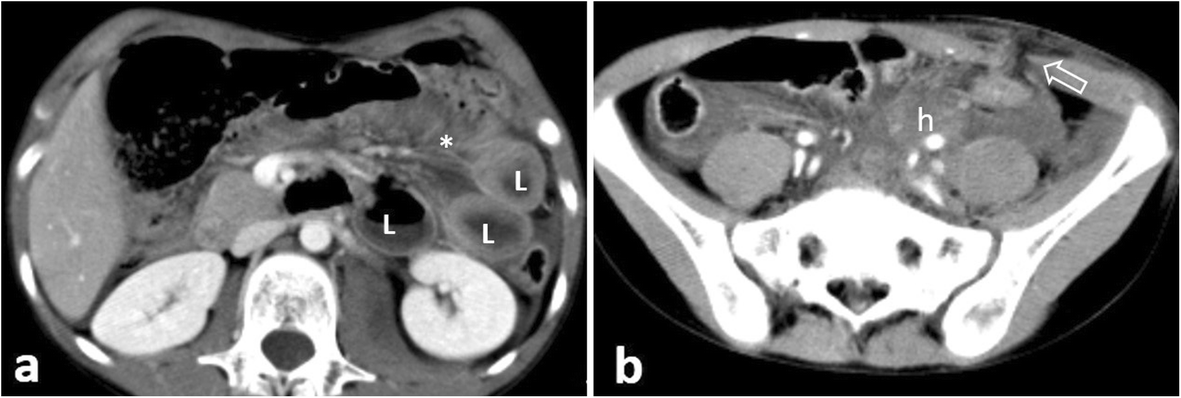

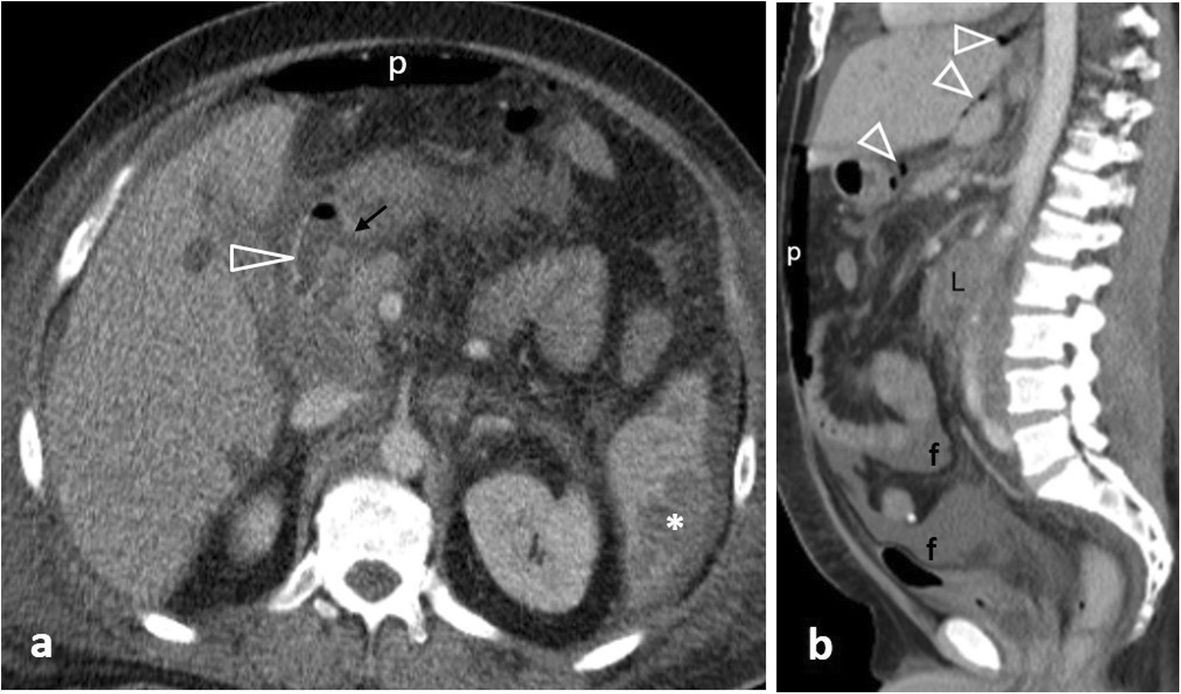

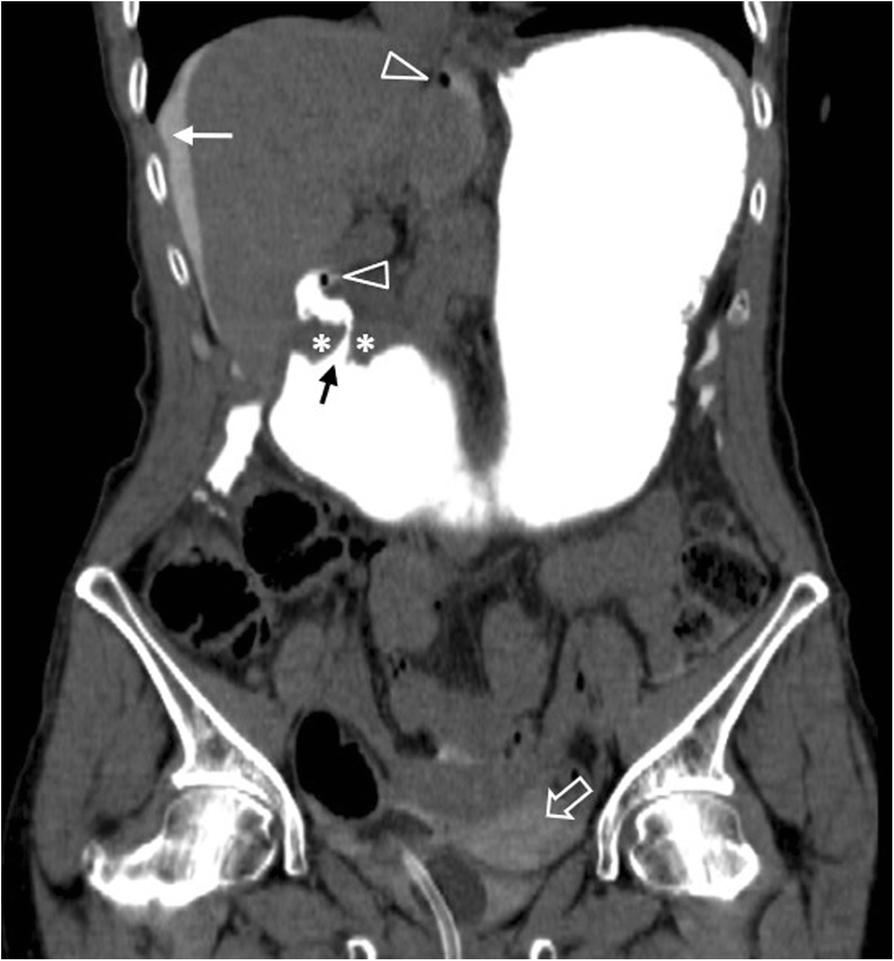
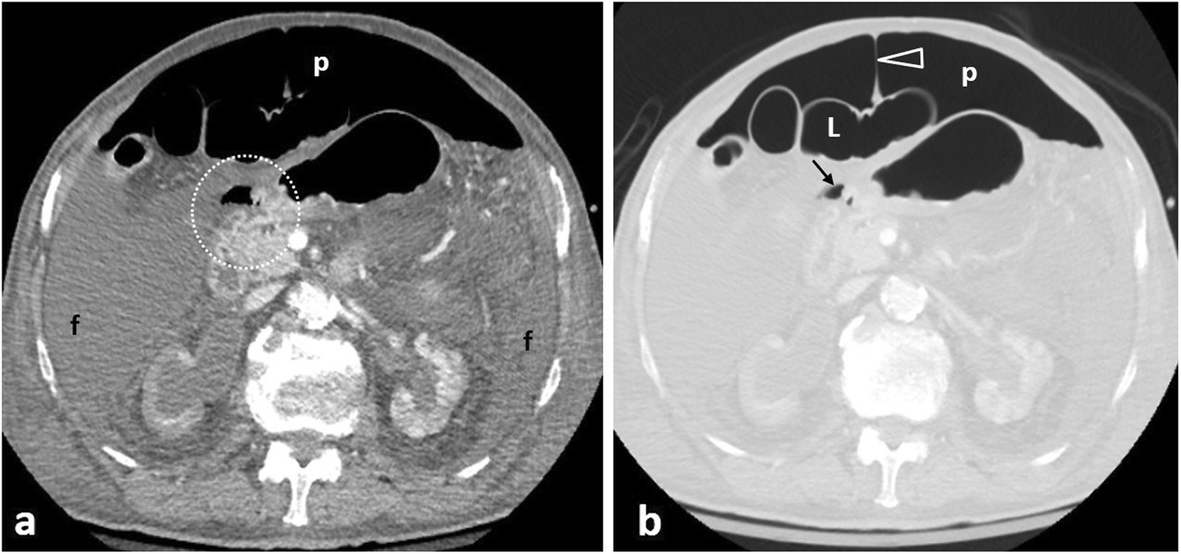
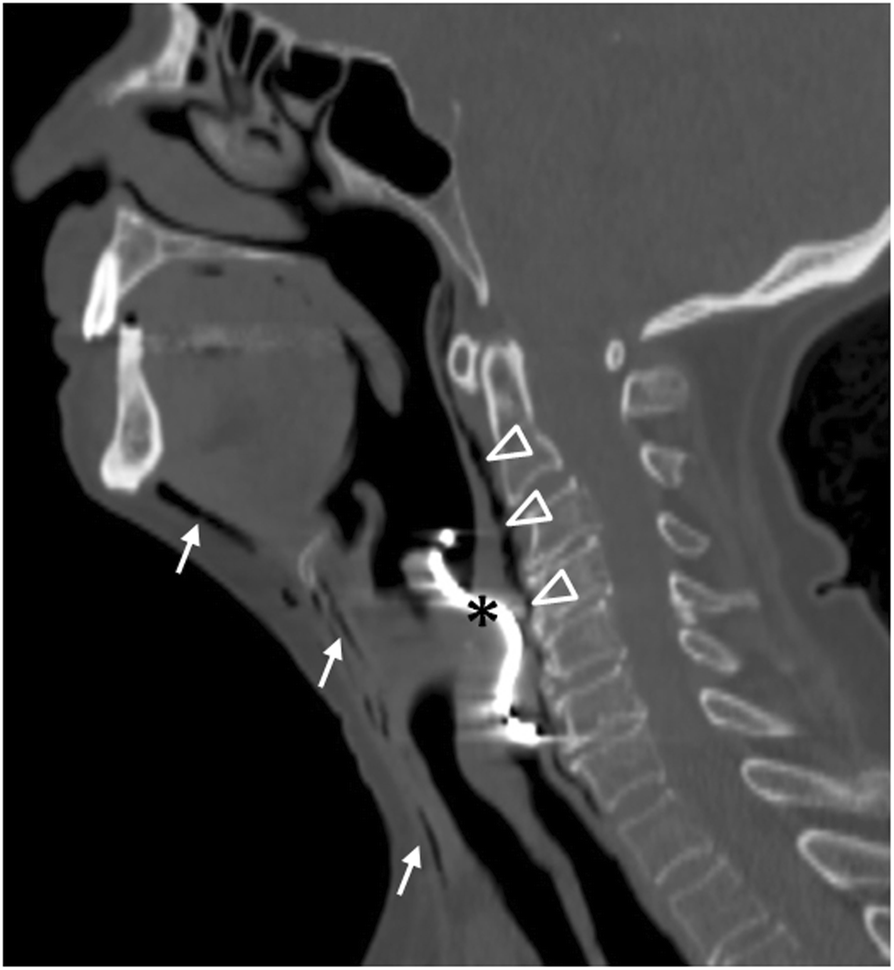
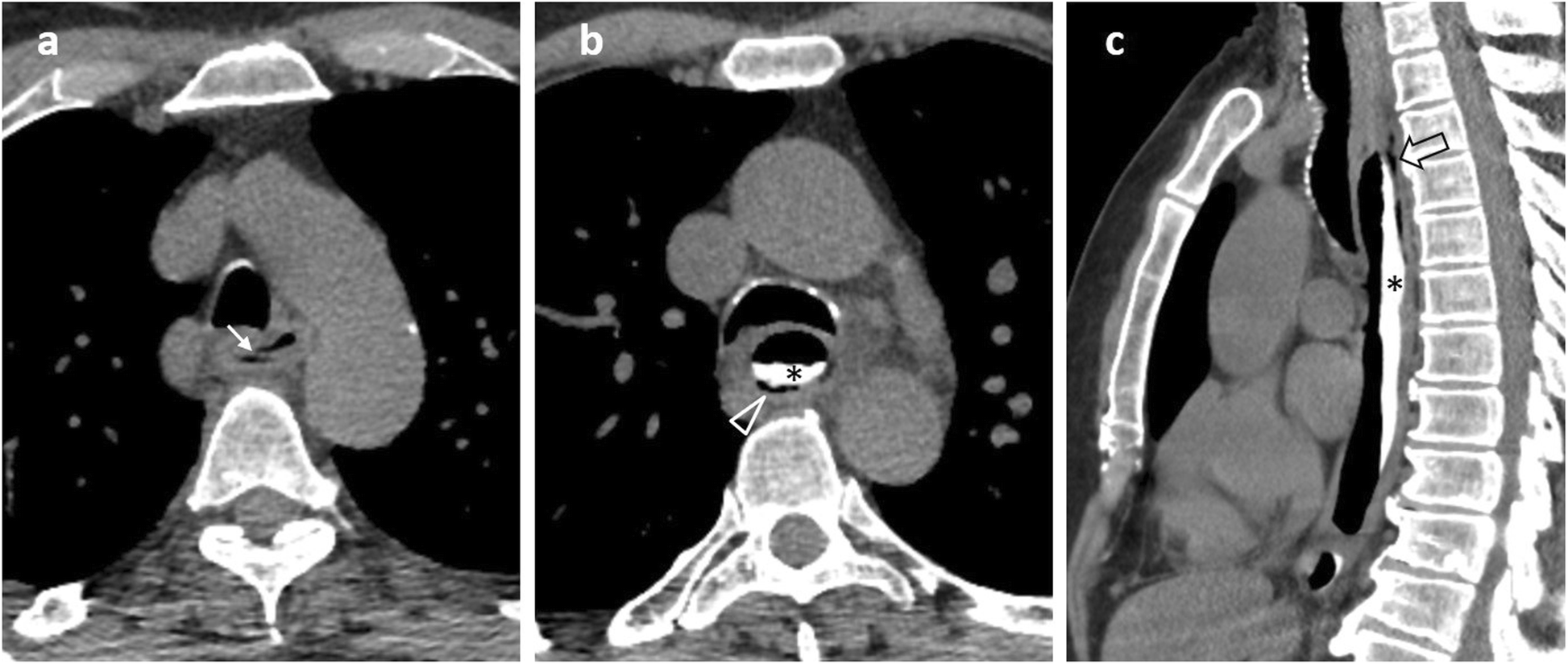
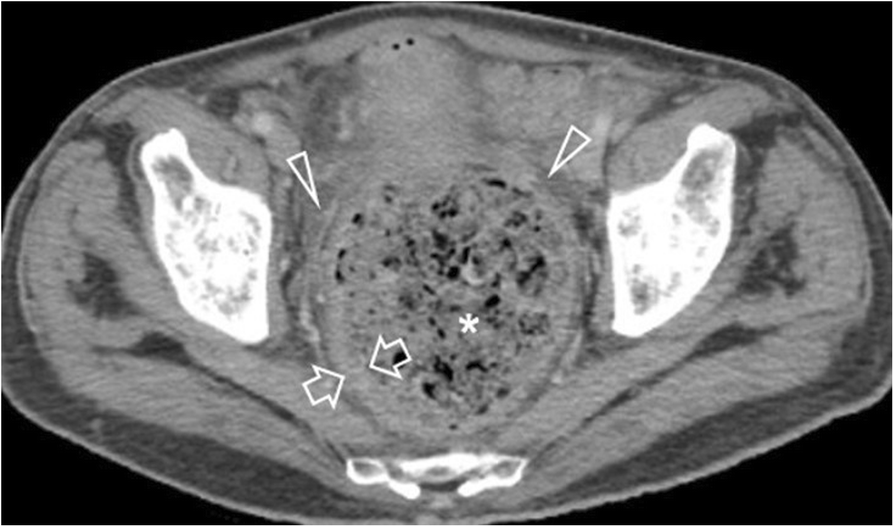
Bowel perforation can occur in many different settings, but the more common are
- bowel obstruction (both small and large)
- bowel ischemia
- severe ulcer disease
- diverticular disease
- infection
- malignant diseases
- gastrointestinal tumors
- direct tumor invasion
- trauma: blunt or penetrating
- autoimmune
- iatrogenic e.g. perioperative
Esophageal perforation is technically a bowel perforation, but the causes, evaluation, and prognosis differ, so it is covered in its section.
Bowel perforation in neonates is often due to necrotizing enterocolitis and is covered separately.
Clinical presentation
The classic presentation is sudden and severe abdominal pain, sometimes with localized peritonism or a rigid abdomen on examination.
The presentation may change depending on the etiology, however. If the perforation is due to bowel obstruction, for instance, there may be an initial relief of pain as the dilated bowel collapses. Then the pain begins again when peritonitis develops.
Radiographic features
The imaging diagnosis of bowel perforation almost always relies on seeing pneumoperitoneum .
Plain radiograph
- free gas under the diaphragm is a classic sign of pneumoperitoneum on the erect chest and abdomen radiographs and it is suspicious for bowel perforation
- other signs of pneumoperitoneum, including Rigler's sign
CT
- this is the primary imaging modality for detection and localization of bowel perforation
- the site of the perforation can often be localized by:
- tracking the bubbles of pneumoperitoneum toward a region of bowel
- looking for localized peritoneal fat stranding or bowel wall thickening
- determining a site of bowel wall discontinuity
- if the patient received oral contrast, then often the leak can be seen directly as contrast spills out of the perforation site
- if a suspected bowel perforation is the primary indication for the study, then protocolling the study with a water-soluble contrast medium is useful
- if a bowel perforation occurs due to obstruction, the perforation usually occurs at the site of maximal bowel distention and the perforation may be distant from the actual cause of the bowel obstruction
- bowel perforation may not result in pneumoperitoneum, but liquid contents exiting the bowel may form a phlegmon or abscess
Ultrasound
- although not a primary modality for evaluating pneumoperitoneum, free gas can be detected on ultrasound when gas shadowing is present along the peritoneum
- make sure that the gas is not within the colon before deciding on calling pneumoperitoneum
Fluoroscopy
- suspected gastroduodenal perforation
- an upper GI study with water-soluble contrast medium is not usually the primary study for detection of a suspected gastric or duodenal perforation but can be useful for confirmation of an equivocal appearance on CT or for detection of the precise location of a small perforation
- suspected small bowel perforation
- small bowel follow-through is inferior to CT of the abdomen and pelvis with oral contrast for detection and localization of small bowel perforation
- suspected colonic perforation
- a single contrast barium enema is not usually appropriate in the setting of colonic perforation
- the reason for colonic perforation is usually apparent and these patient are usually operated upon emergently
- a single contrast barium enema is not usually appropriate in the setting of colonic perforation
Treatment and prognosis
Because spillage of bowel contents into the peritoneal space can result in fatal peritonitis, these patients have traditionally received immediate operative treatment.
Some non-septic patients may not need immediate surgery if the perforation is small or contained, and instead can be covered with antibiotic therapy .
Differential diagnosis
- in the absence of a definitive point of luminal contrast leak, differential considerations are primarily those for pneumoperitoneum
- recent surgery
- peritoneal drains or dialysis catheters
- increased airway pressure for ventilation
Practical points
- colonic perforation tends to result in a greater amount of pneumoperitoneum than free fluid
- upper GI perforation tends to present with a relatively large volume of free fluid and less pneumoperitoneum
- the presence of pneumoperitoneum in the periportal region is also suggestive of upper GI perforation
Siehe auch:
- Anastomoseninsuffizienz
- Dünndarmperforation
- Dünndarmverletzung
- Kolonperforation
- Kolonperforation bei antiinflammatorischer Medikation
und weiter:

 Assoziationen und Differentialdiagnosen zu gastrointestinale Perforationen:
Assoziationen und Differentialdiagnosen zu gastrointestinale Perforationen:

